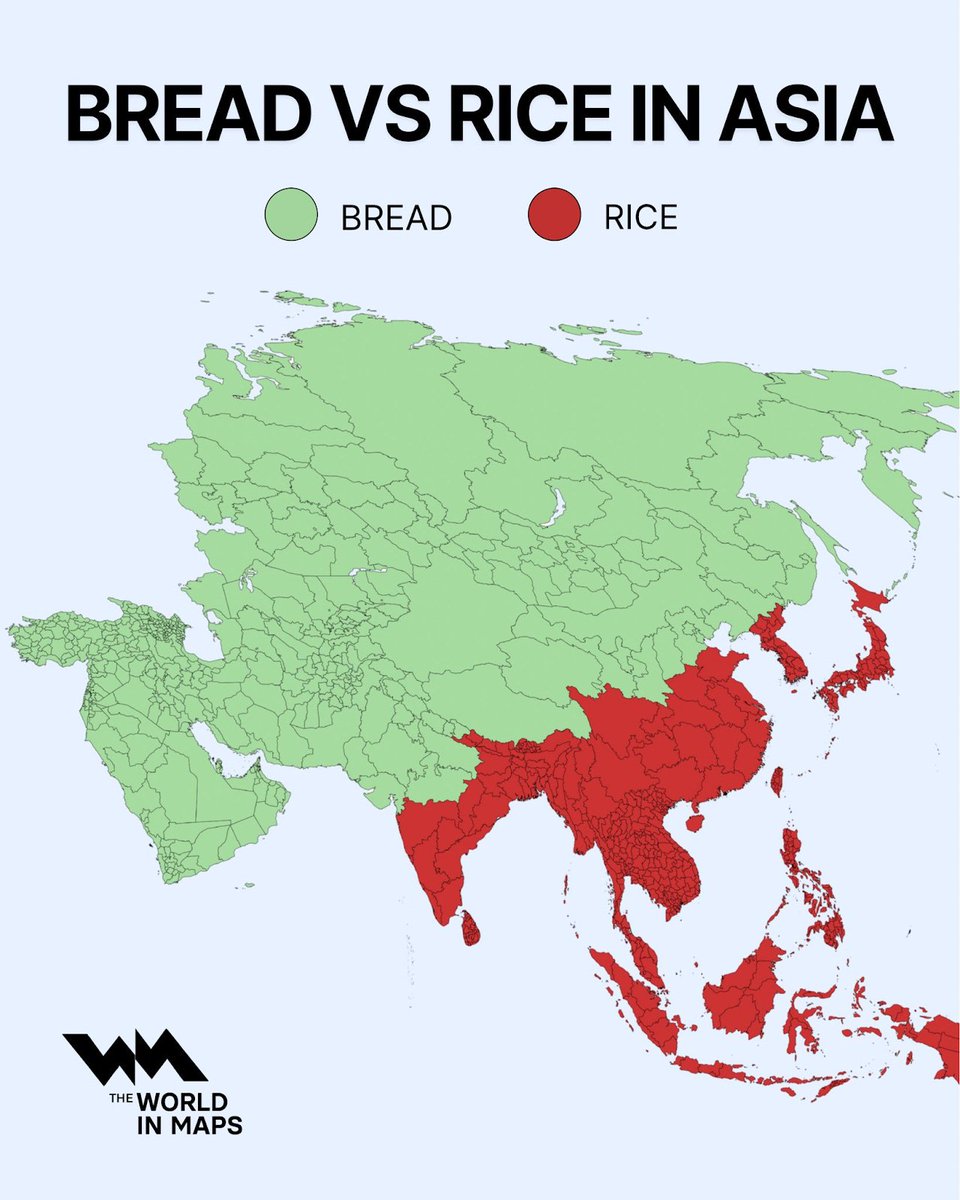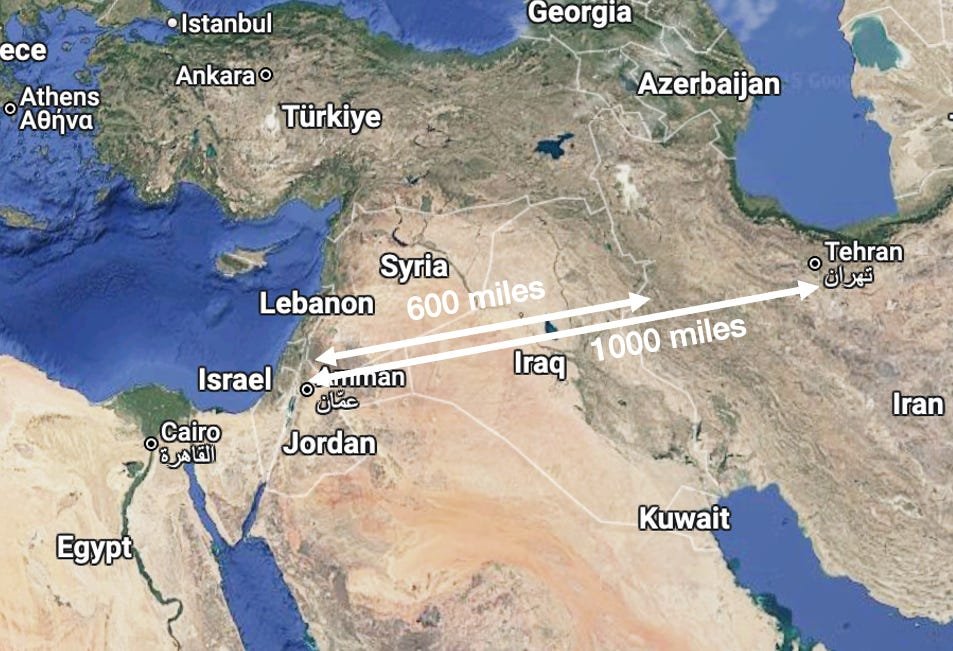The answer to this is FASCINATING, it goes beyond what most people think, and its ramifications help explain ALL of the US's climate and population
Here's what people already know: rain
Water basically stops halfway through the US
But why?
Here's what people already know: rain
Water basically stops halfway through the US
But why?
https://twitter.com/rememberlenny/status/1875031224659644856

The next thing people will say is: mountains. The US West has tons of them! See map
Mountains stop rain, and the US West is mountainous, so that's why rain doesn't make it farther, right?
Wrong!
Mountains stop rain, and the US West is mountainous, so that's why rain doesn't make it farther, right?
Wrong!

Look at California's Sierra Nevada. The western slopes of the mountains are GREEN! They CATCH the rains
Why doesn't this happen in the middle of the US?
Why doesn't this happen in the middle of the US?

Because it's at the feet of some of the tallest mountains in the US, which catch water from the air—hence its snows 



Then why aren't all these mountains much greener?
Because the water that falls in Denver comes from the Pacific, not the east
This animation holds the answer:
Because the water that falls in Denver comes from the Pacific, not the east
This animation holds the answer:
You'll notice that there are 2 forces of rain fighting on the continent:
• In winter, the US Northeast gets massive amounts of rain
• In summer, rains come from the southeast
Why?
The strongest Pacific winds are in the north. In California, they barely blow. Why?
• In winter, the US Northeast gets massive amounts of rain
• In summer, rains come from the southeast
Why?
The strongest Pacific winds are in the north. In California, they barely blow. Why?

Because of the size and rotation of the Earth! They blow westward at the equator and eastwards at the level of the US
The inversion happens around California➡️weak winds there
The inversion happens around California➡️weak winds there

This is striking in South America:
• Equatorial winds create the Amazon Rainforest
• That makes the Andes super dry
• The inversion happens around Chile / Argentina
• Equatorial winds create the Amazon Rainforest
• That makes the Andes super dry
• The inversion happens around Chile / Argentina

So the predominant winds in the US come from the Pacific, loaded with humidity, and they drop it in the mountains: the Sierra Nevada and the Rockies. That's why:
• The Pacific Northwest is so populated (Seattle, Portland): They get massive rains
• The Pacific Northwest is so populated (Seattle, Portland): They get massive rains

• California's coast is sunny as it doesn't get direct rain, but the mountains catch the water, which flows to the coast 

By the time these winds make it to the middle of the US, they are very dry. The Rockies catch the last amount of moisture (hence Salt Lake City & Denver) and nothing is left east of that
BUT in summer rains don't come from here!
BUT in summer rains don't come from here!

In summer:
• The strong winds from the Pacific move north
• The Atlantic and Gulf of Mexico get very warm, so they load the sea with moisture
• Land gets even warmer faster, so air goes up (hot water is lighter), and the somewhat cooler air from the Gulf of Mexico rushes in
• The strong winds from the Pacific move north
• The Atlantic and Gulf of Mexico get very warm, so they load the sea with moisture
• Land gets even warmer faster, so air goes up (hot water is lighter), and the somewhat cooler air from the Gulf of Mexico rushes in

This moisture-filled air then drops its load on land, causing the rain we know. That's why the coast from Houston to Miami gets so much rain: It's like a monsoon! And this air only makes it as far as we've seen—the middle of the US
All this also explains why Boston gets more snow than Chicago, why the US has a world record in hurricanes and tornadoes, and much more!
I'm publishing much more about this next week. Follow me to see it! @tomaspueyo
I'm publishing much more about this next week. Follow me to see it! @tomaspueyo
• • •
Missing some Tweet in this thread? You can try to
force a refresh



















